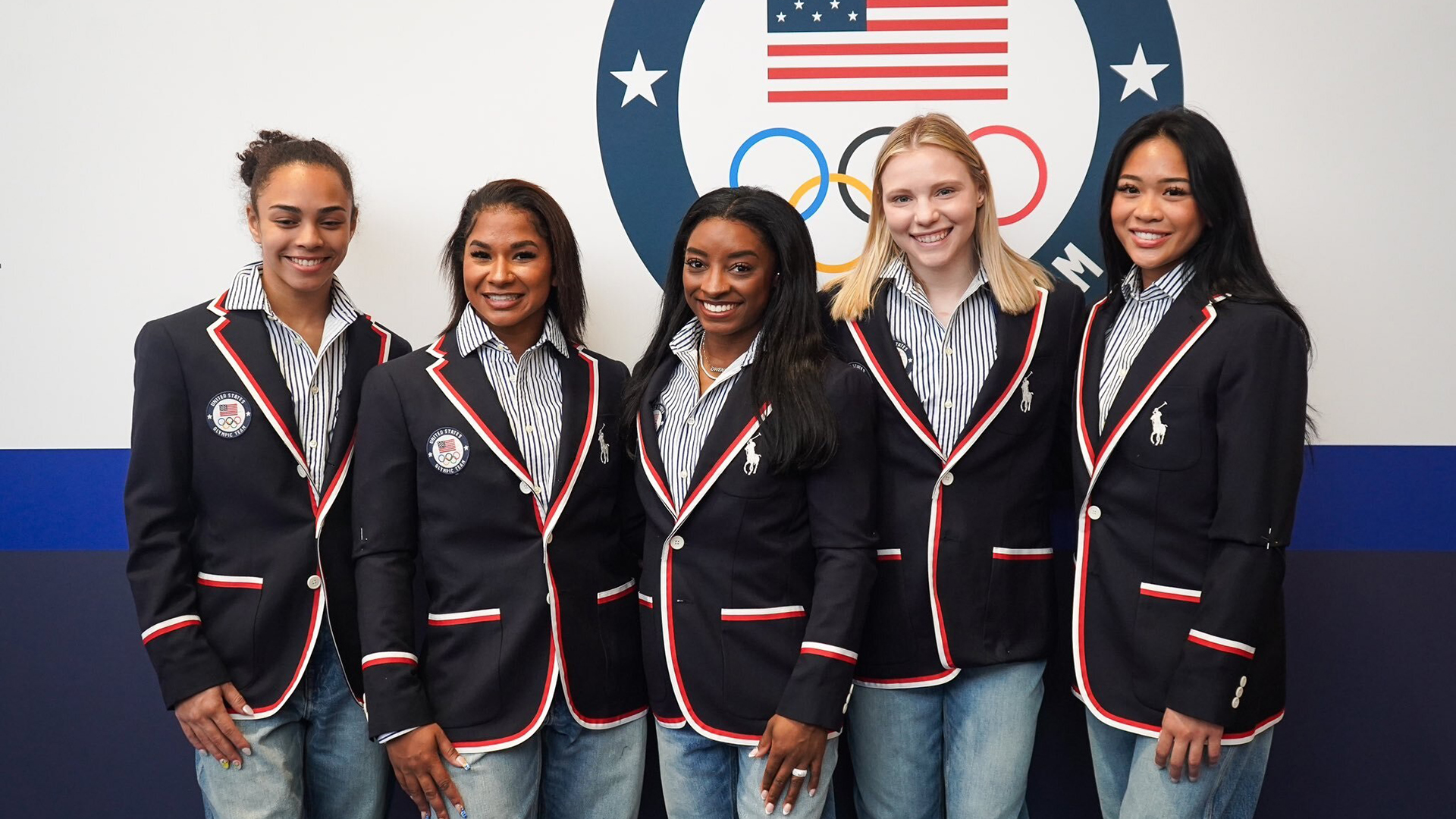With five minutes left in Sunday night's game and the Bears clinging to a 24-20 lead, the Philadelphia Eagles faced second-and-goal from the 1-yard line. The situation was simple: The Eagles had three chances to gain a yard. If the Bears could stop them on three straight plays they'd probably win; if not they'd probably lose.
They stopped them, with a goal-line stand that John Madden described as one of the best defensive efforts he could remember. Let's take an in-depth look at how they did it.
On second-and-goal, the Eagles came out in a power formation with no wide receivers two tight ends and two running backs behind Donovan McNabb. The Bears responded by lining up their entire defense near the line of scrimmage. It looked like something out of the 1920s; at the snap, all 22 players on the field were within about six yards of the football.
The handoff went to fullback Tony Hunt, and the Eagles' offensive line got a great initial surge, appearing to have pushed the Bears' defensive line back far enough for Hunt to plunge into the end zone. But Bears safeties Kevin Payne and Mike Brown stepped up and drilled Hunt at the line of scrimmage with such ferocity that by the time they took him to the ground, Hunt was all the way back at the 5-yard line.
It was a good thing for the Bears that Payne and Brown knew exactly where to go, because Brian Urlacher sure didn't. Watch the replay and you'll see that Eagles right tackle Jon Runyan absolutely destroyed Urlacher on the play, shoving him back and turning him around so badly that Urlacher didn't even know where the ball had gone. At the time that Payne and Brown hit Hunt, Urlacher was behind the play, looking for the ball in the wrong direction.
The Eagles then faced third-and-goal from the 1-yard line, and again came out in a power formation, again with all 22 players clustered close to the ball. This time the Eagles came out in an I-formation, with defensive tackle Dan Klecko playing fullback as the lead blocker for running back Correll Buckhalter. The Eagles weren't trying to do anything fancy; they just wanted to push the pile forward enough that Buckhalter could jump over it and into the end zone.
The Bears were ready. Defensive tackle Israel Idonije wouldn't budge from the middle of the line, Payne came in from his strong safety position to hit Buckhalter in the air, and defensive end Adewale Ogunleye dragged Buckhalter down. Through two plays, the Eagles still hadn't moved an inch forward.
Sports
That brought up fourth-and-goal, and the Eagles called timeout to make sure they got the right play called. But once they lined up, it was clear that they had no interest in getting creative. They came out in the same formation, Klecko in front of Buckhalter in the I, and once again thought they could overpower the Bears' defense if they gave it to Buckhalter over the top.
They were wrong. Instead of Klecko clearing a path for Buckhalter, Bears linebacker Lance Briggs jumped over the pile to hit Klecko and push him into Buckhalter's path. That slowed Buckhalter down long enough for defensive end Alex Brown to shove Eagles tight end L.J. Smith aside and crash into Buckhalter at the line of scrimmage. Buckhalter had the ball within inches of the goal line, but 10 players on the Bears' defense arrived to push the pile back. By the end of the play, there was a pileup of 20 players, with only McNabb and Payne, who were a couple yards back, away from the action. The Bears' 10 players out-muscled the Eagles' 10 players, and that gave the Bears the ball back with three and a half minutes to go.
After the Bears' offense ran three minutes off the clock, the Eagles had time for just one more desperation play, and when the Bears stopped it, they had earned a hard-fought 24-20 win. More than anything else, those three plays from the 1-yard line made the difference.



